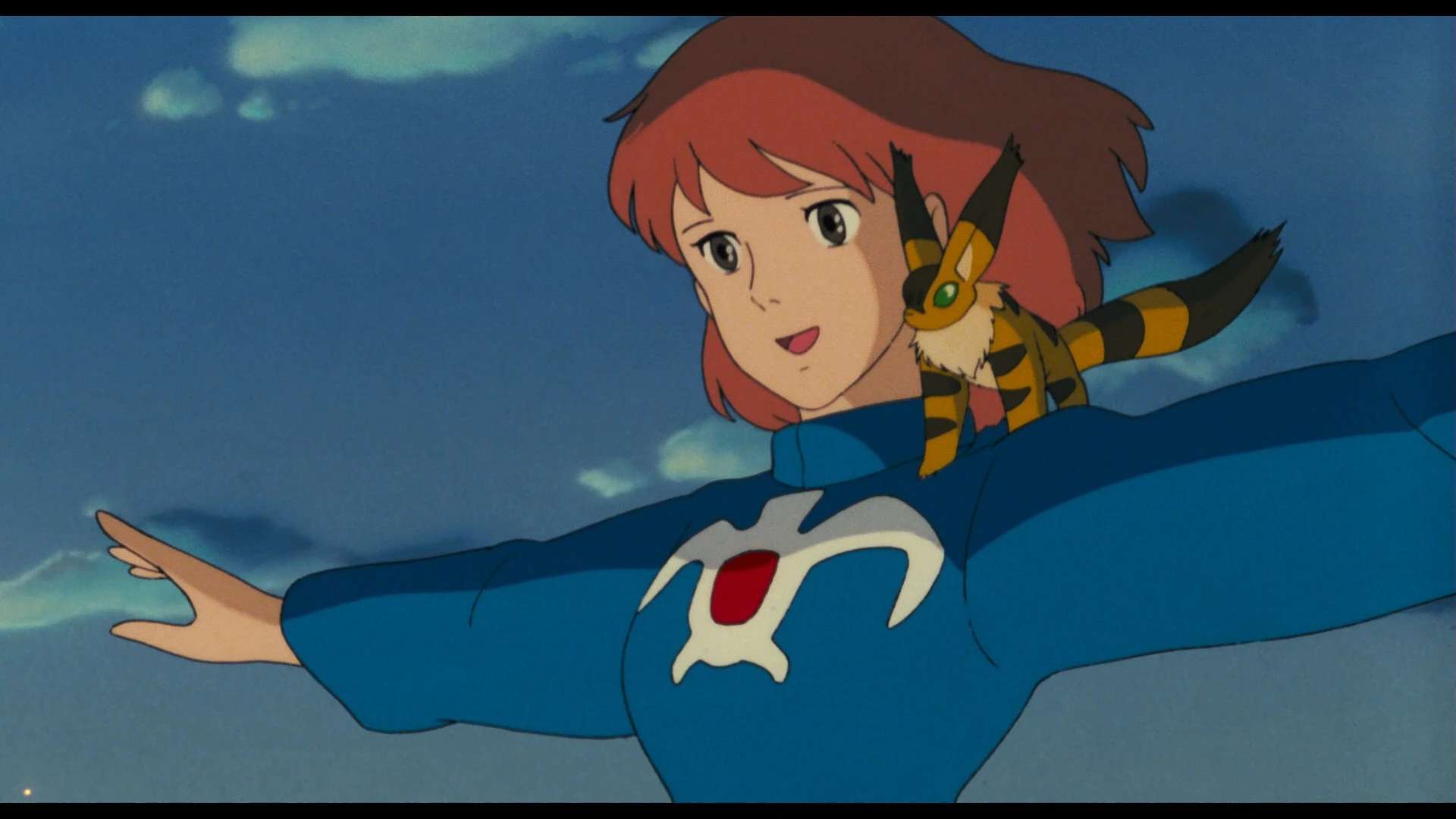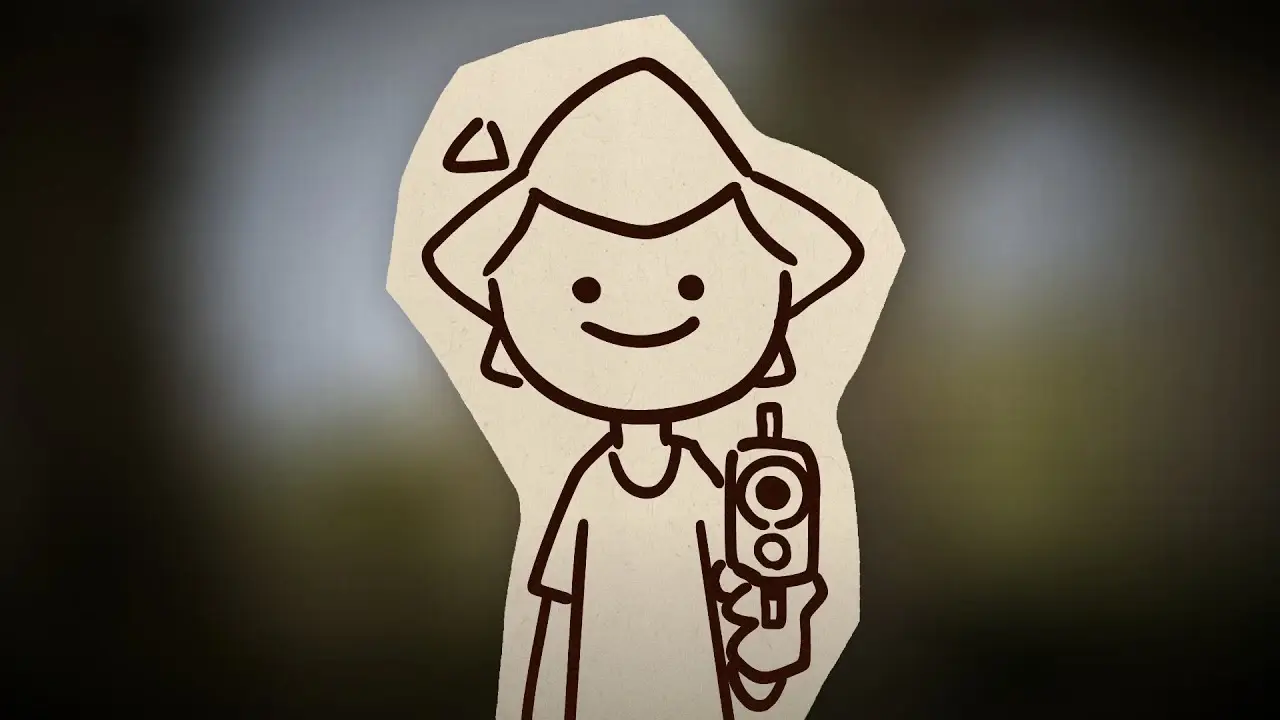Lionir [he/him]
About me on lionir.ca
- 10 Posts
- 66 Comments

 16·4 months ago
16·4 months agoUnsurprisingly, coming back on an alt to call moderators incompetent is going to be reason for a ban.
If you want to actually discuss a ban, use support@beehaw.org with your account name.

 5·4 months ago
5·4 months agoThe answer is yes.

 8·8 months ago
8·8 months agoThe DMA (Digital Markets Act) has clauses that force big companies that are considered “gatekeepers” to allow interoperability with other services.
Images aren’t federated through ActivityPub so I don’t really see how deleting media is supposed to work.
Yes, they are. Every instance downloads everyone’s images for a “cached” version that is currently never used. This is what makes this problem especially insidious and straight up dangerous in cases like CSAM.
It’s a basic curl command, that shouldn’t be “arcane” if you’re setting up a server.
This is the equivalent of saying that any instance admin needs to know how to use curl while most people have never used a commandline. Not only that but you need machine access to know the api key which I would wager instance admins do not necessarily have.
I think this is the result of not prioritising work that makes moderation possible by non-technically inclined people and it is genuinely a failure of the system.
The priorities of development on Lemmy are decided by developers and the people who are not are simply pushed away. Most community leaders and moderators are not developers. The mental gymnastics to justify this lack of tooling is tiring.
They can, if they read the manual. Mods can’t, but instance admins can.
Yes. If you use arcane commands using the docs that are in a pull request that is not yet merged. This is not accessible to many instance admins and it is only “technically supported” which is the worst kind of support from my point of view.

 4·10 months ago
4·10 months agoThat’s a really hard question for me. It’s mostly a feeling more than a science so it becomes a bit hard to lay it down rationally and I know that doing that will result in weird inconsistencies but if I had to define it, it’s probably these three things.
- The influence of the author or vibe
I find myself thinking that if I associate a particular piece of art as the vision of a single person rather than a collective work, I tend to be more critical of that art or product. Rationally speaking, I know Kagi is made by more than one person and I know the same to be true of Brave but the fact that I strongly associate both to, in my view, very concrete people whose ideology is very clearly shown in the product, it becomes very hard for me to dissociate the product from supporting that person. Of course, if the vibe of the product or art is off, I just don’t want to indulge with it - it’s essentially an instant turn off. Sometimes it’s just a little thing but it lives rent free in my mind.
- The timeframe
If the person that has an influence is dead, well, I don’t have a feeling of contribution to something bad and I might overlook that dislike for the author.
- The need
If I don’t need it and I don’t vibe with the author, well, I won’t buy it. There’s better things out there. On the other hand, if I have no option but to use that product, I might swallow my pride.

 2·10 months ago
2·10 months agoThis actually reminds me of my favourite Pablo Picasso quote. (Note: I don’t really know anything about Picasso, so take that with a grain of salt)
In the New York Times in 1969 (https://timesmachine.nytimes.com/timesmachine/1969/07/21/90114401.html?pageNumber=6), when asked about the moon landing, he said “It means nothing to me. I have no opinion about it, and I don’t care”.
It’s okay, kinda dreading the next school semester.
Otherwise, I’m trying to work on radcare.ca, my wiki project to make lists of local orgs doing good work.

 1·10 months ago
1·10 months agoI don’t know if money would really help with things not feeling like a slog to be honest. I mean, put in another context, do you feel that your workplace is more rewarding because they pay you? For me personally, it doesn’t really. I think it’d be nice to do more community-oriented events though.

 14·10 months ago
14·10 months agoI remember hearing this story a long time ago, It’s still so shocking that this happened.

 9·10 months ago
9·10 months agoBeehaw has enough to run without any additional donations for the next two years at the current costs so the finances of that seems well enough.
That said, I don’t feel comfortable spending money donated to Beehaw for things non-Beehaw related.
As for expanding in other services… Well, we already have enough trouble with Lemmy, I would not want to add more moderation hurdles personally.

 4·10 months ago
4·10 months agoI’m not sure if the Admins are paid, but it would be good to have paid admins, who also help post unique content too.
None of the admins have profited financially from donations meant for Beehaw. You can see this per the expenses on OpenCollective.
While I think it could be nice, we don’t have nearly enough to provide anyone a salary.
Or a meetup event to meet other Beehaw users (here in australia of course)
But the emus will get our lunch :(

 1·1 year ago
1·1 year agoThat’s certainly an interesting perspective but I feel that it leans too much into quantifying destruction and creation based on the moral merit of these actions. It feels kinda like trying to justify rather than explain the relationship, I might be completely off base. What do you think?

 2·1 year ago
2·1 year agoI don’t catch how you correlate destruction and passion though. Would you like to elaborate?
Passion often leads to creation (which I interlink to destruction). The way destruction can be seen can vary a lot. It can be self-destruction when passion carries people too far; it can be destruction because we need to destroy the old to create the new; it can be destruction and creation because we are misguided about the current state of existence (I think the NieR games can be a really interesting exploration of that).

 2·1 year ago
2·1 year agoI would disagree that these are useful semantics because of the case I mentioned where I feel like adding a turret to a sandcaste is something meaningfully distinct from reducing a sandcastle to a pile of sand, walking 100 meters down the beach, and making a new one with the turret.
I guess to some level, this is the ship of Theseus problem. At what point is it still the same sandcastle?
I guess my theory of destruction assumes that for something so small - the addition of a turret seems to change the nature of the sandcastle. For example, in my mind, a sandcastle is simply an old medieval house for the aristocracy. If you add a turret, it no longer seems like a simple house - it gives new meaning to the castle.
If you agree that it’s meaningfully distinct then why insist on framing it in the same concepts instead of using the concept of change?
I think people certainly use it in distinctive ways but I think that framing it as destruction and creation makes people understand that to build something new, we must first abolish and deconstruct the old. I think the origin of my theory is harder to apply to a general context because of that.
For example, let’s say that we have a big friend group or some kind of self-governing body and we want to make it more diverse and inclusive. The first steps would be to deconstruct why the existing structure is pushing people away and once we’ve found why (say, people use slurs or regularly make “racist jokes”) then we have to destroy the ideas that made these behaviours socially acceptable. Only then can we build something anew.

 1·1 year ago
1·1 year agoThis may seem somewhat trite but really and truly: it’s about how you define “destruction.”
Well, I did think of it more in an idea space rather than a physical space so there’s certainly a big difference in the application of destruction.
If we go with a more idea-based concept of destruction, destroying your own country is not necessarily a negative. Our countries and institutions are rarely perfect (and sometimes not good at all) so destroying them to create them anew or simply leaving their place empty can be good.

 1·1 year ago
1·1 year agoi think it’s possible to create passionately without destruction. i have a passion for animation. i could spend a few hours to create a flipbook animation for fun - am i destroying the notebook i used in the process? am i destroying the pencil and eraser to create this? am i destroying the time i spent to do something i enjoy? do these sound like silly questions?
Well, if you spend stretches too long that can have a negative effect on you - such as we can see in crunch culture, it could be argued to be a form of self-destruction. I know that to many artists, they tend to push themselves too hard because of their passion, not necessarily because of company policy.
That said, it could also be said that the notebook you’re using will never virgin again so it could be said that you’ve destroyed the book.
I do think the idea of destruction and creation can become a bit more absurdist sounding when they are applied to very small scales, I’ll give you that 😛

 2·1 year ago
2·1 year agoThe idea being that originally, things were created out of raw chaos; after that, you need to deconstruct something to create something new. Either way, it’s violence: the imposition of one’s will onto something else.
I think this matches really well with what I’m getting at. I should read Nietzsche someday.
How do we balance our very human urge to create with an ethical imperative against violence?
Is violence necessarily evil? I understand aversion to it but there are plenty of improvements to society which people unfortunately had to use violence for and many of which I’d continue advocating for.







Hmmm, I honestly thought this was going to explore the topic of people that are in the closet about their gender identity. Or maybe, plural people. I find this video more confusing than anything.
I think the way you describe it is perhaps too abstract for me to understand the points you’re making.
I find this passage rather distressing however “Pronouns reference the framework you expect someone to use to process your words”. I find that language scary sounding. It feels like specifying someone’s pronouns is forcing an ideology or status on someone and I just don’t think that’s true at all.
I also don’t think saying gender has “dedicated pronouns” is really accurate. Neopronouns exist and they still confer meaning to the person so I don’t think it’s a defined set. Different languages also have different pronoun systems which complicate creating a specific set.
I find the third argument kind of odd. I think that displaying pronouns in general has the same effect you’re describing without the need for different pronouns in different spaces. The same thing is true for things like a role bot or other tools to allow people to display their pronouns.